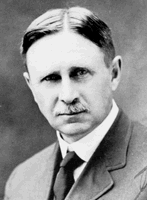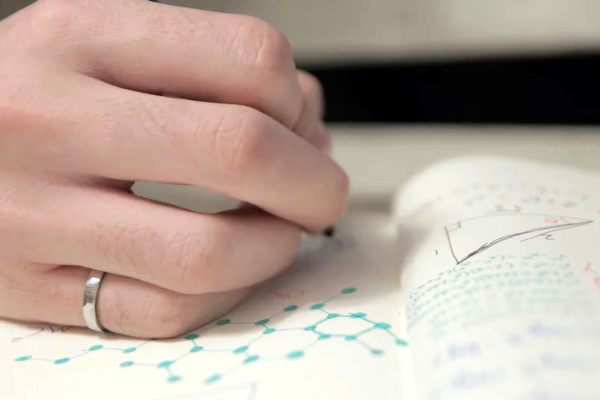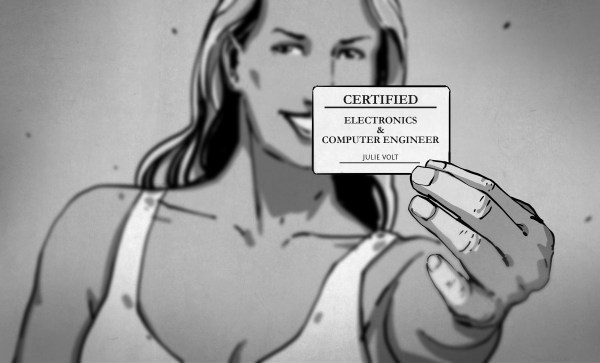How can you spot an engineer? It can be tricky, but it is a little easier in Canada. That’s because many Canadian engineers have been through the Ritual of the Calling of an Engineer and wear an iron or steel ring to symbolize their profession. The ring has a very odd history that originated in 1922 as the brainchild of Professor H. E. T. Haultain. While he may not be a recognizable name, at least one famous person was involved with creating the Ritual.

The ring itself has facets on the outer surface, and you wear it on the little finger of your dominant hand. Originally handmade, the ring reminds the wearer of the engineer’s moral, ethical, and professional commitment. In addition to being a visible reminder, the ring is made to drag slightly as you write or draw, as a constant reminder of the engineer’s obligation. With more experience, the ridges wear down, dragging less as you get more experience.
There is a rumor that the first rings were made from the metal of a bridge that collapsed due to poor design, but this appears untrue. The presentation ceremony is understated, with limited attendance and very little publicity.
Continue reading “Canadian Engineers? They Have A Ring About Them”













